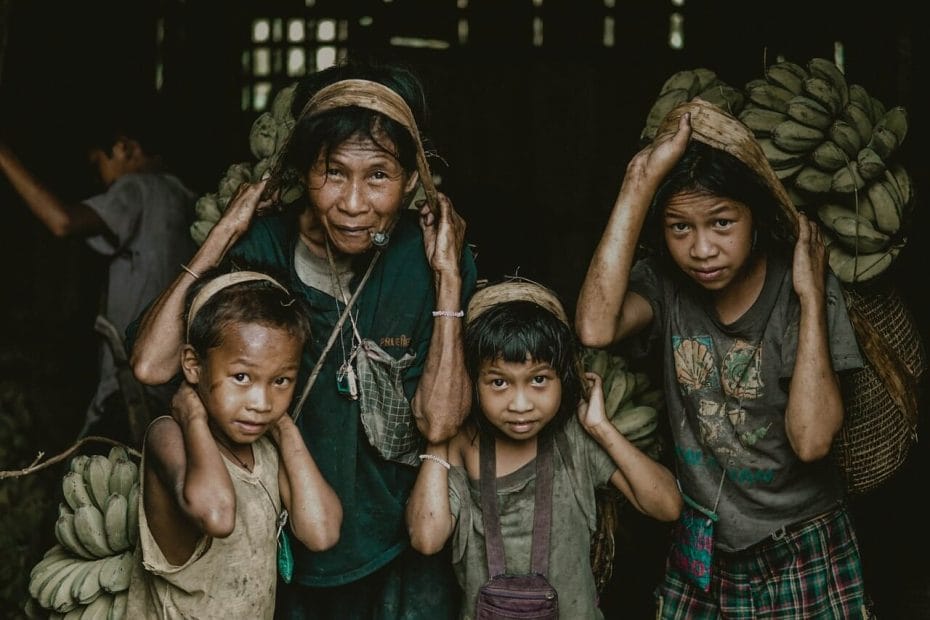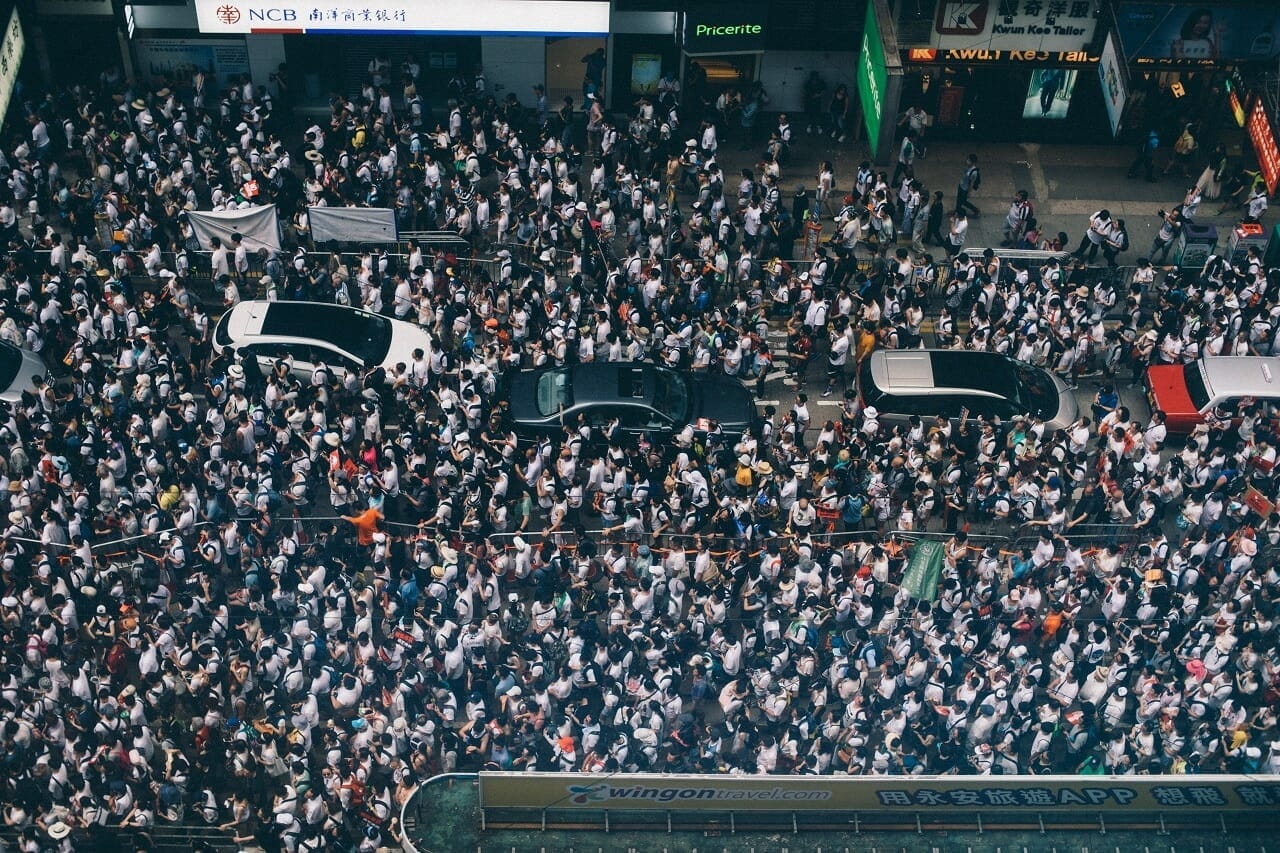Why World Day Against Child Labour?
In 2002, the International Labour Organization (ILO) established the World Day Against Child Labour. The essence is to bring to worldwide attention the adverse effects of child labour with the purpose of canvassing for and mobilizing actions needed to eradicate it.
Hence, the World Day Against Child Labour is commemorated 12 June, every year to educate the world—governments, corporate companies/organizations, employers and employees, civil societies, etc.—about the menace of child labour and highlight the plight of child labourers all with a view to finding lasting solutions to it.
The 2017 theme is “In conflicts and disasters, protect children from child labour.”
What is child labour?
According to the United Nations, “Child labour is work carried out to the detriment and endangerment of a child, in violation of international law and national legislation. It either deprives children of schooling or requires them to assume the dual burden of schooling and work.”
Categories of child labour
- Unconditional worst forms of child labour: Subjecting children to slavery, trafficking, debt bondage, forced recruitment of children for use in armed conflict, prostitution, and pornography, and so on.
- Underage recruitment: recruiting children who are under the minimum age specified for that kind of work (as defined by international legislation and standards). This kind of work impedes the child’s education and full development.
- Dangerous or hazardous work: these are the type of works that adversely affect the physical, mental or moral well-being of a child due to their nature or the conditions in which they are carried out.
What causes child labour?
- Poverty
- Large family size/family condition
- Traditional or cultural factor
- Corruption
- Civil war
- Urban migration
- Globalization
How can child labour be eradicated?
Government should:
Create favourable economic policies that are capable of eradicating poverty—or reducing it to the barest minimum.
- Put in place regulations that guide companies against recruiting children for inappropriate works.
- Review and eradicate cultural practices that encourage child labour.
- Create inclusive educational policies that ensure children have access to education.
Corporate Companies should:
- Ensure your employees meet the appropriate age requirements.
- Stop hiring children below the required minimum age.
- Remove children from hazardous work.
- Reduce the hours for children under the minimum age.
- Apply a safety and health management system.
NGO’s should:
- Raise awareness and educate masses about child labour and its consequences.
- Create poverty eradication programmes for poor families.
- Create subsidized education programmes for less privileged children.
Parents/Individuals should:
- Plan their family based on their financial strength.
- Take complete responsibility for the upbringing of their children.
Facts about child labour
In case you don’t know how deep child labour phenomenon is, check out these facts:
- An estimated 246 million children are engaged in child labour.
- There are about 48 million child labourers in Sub-Saharan Africa. Nearly one child in three (below the age of 15) is working
- The Asia and Pacific region harbours the largest number of child workers in the 5 to 14 age group. 19 percent (127.3 million) of children in the region are working.
- There are about 17.4 million child labourers in Latin America and the Caribbean.
- 15 percent of children in the Middle East and North Africa (about 2.5 million) are working.
Read stories about child labour
- Escape from Paradise by Nii Kpani Addy
- Hidden Girl: The True Story of a Modern-Day Child Slave by Shyma Hall
- Iqbal by Frances D’Adamo
- I Am a Taxi by Deborah Ellis
- Chained by Lynne Kelley
- Yasmin’s Hammer by Ann Malaspina
- Malala: A Brave Girl From Pakistan by Jeanette Winter
References
Factsheet: Child Labour
“Child labour; the effect on child, causes and remedies to the revolving menace” by Lana Osment





